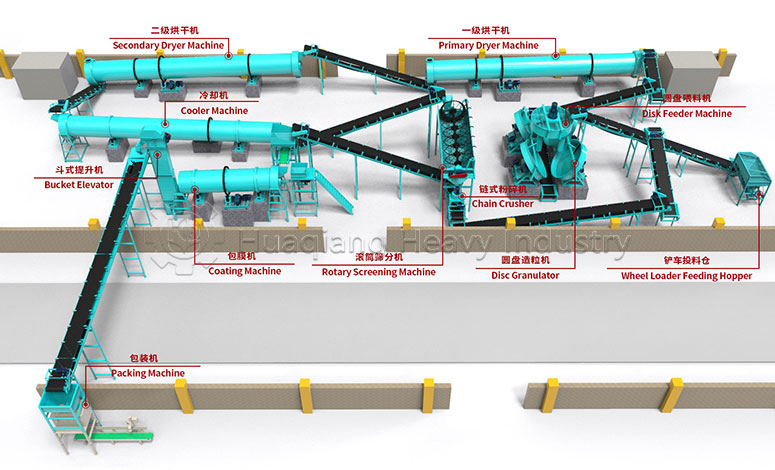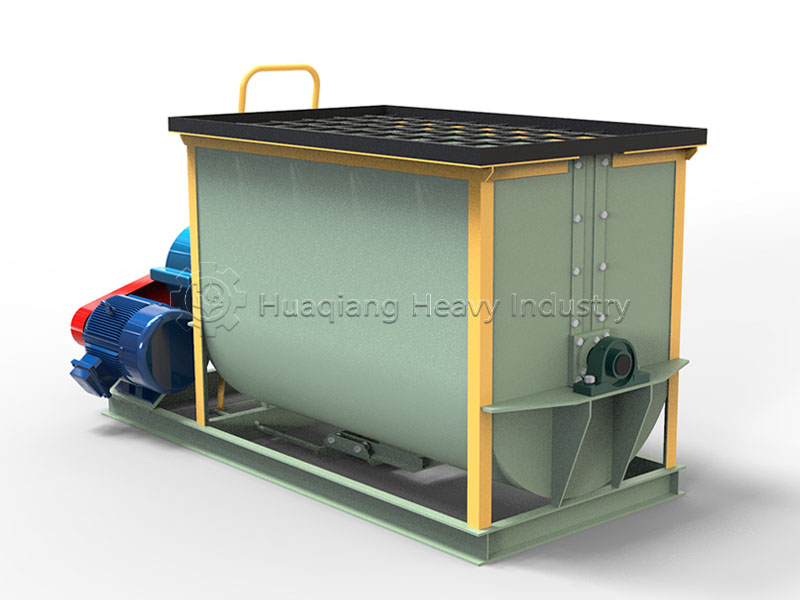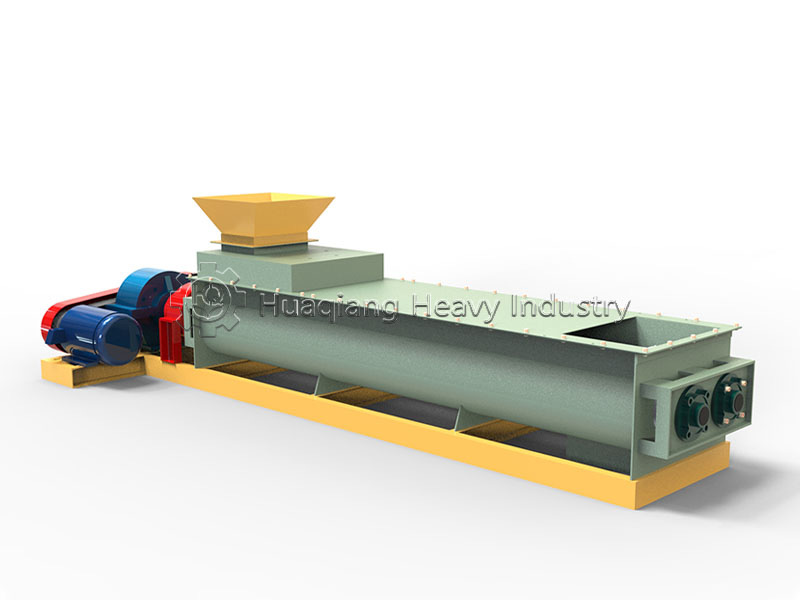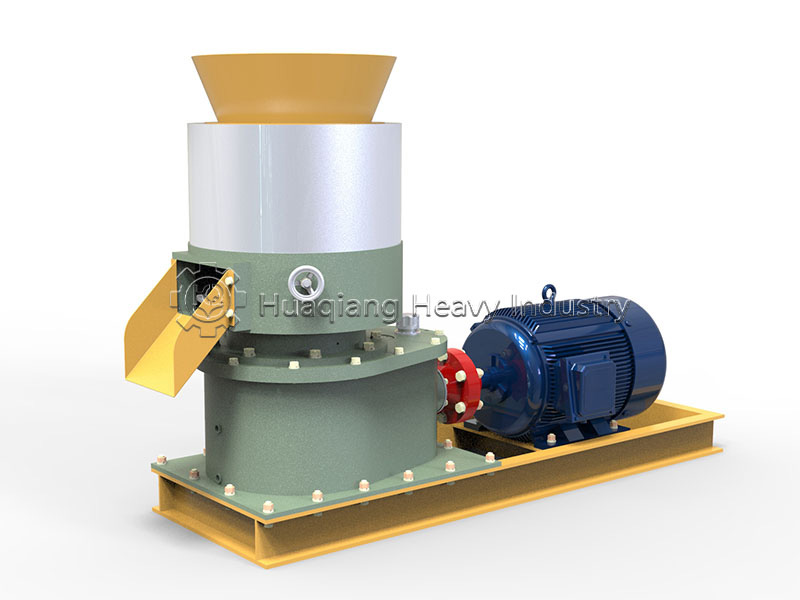A path to quality improvement and efficiency for small and medium-sized fertilizer enterprises
For small and medium-sized fertilizer enterprises, the performance of NPK fertilizer production lines directly determines their market competitiveness. Choosing the right compound fertilizer production equipment and optimizing production processes are crucial for reducing costs and increasing efficiency. Many companies have achieved a transformation from “extensive production” to “precise and efficient production” by upgrading their production lines.
The core of upgrading production lines for small and medium-sized fertilizer enterprises is to balance practicality and cost-effectiveness. A basic NPK fertilizer production line requires essential equipment: in the raw material processing stage, a fertilizer crusher can crush large pieces of phosphate rock, potash fertilizer, and other raw materials to a suitable particle size, and a precise batching system can prevent deviations in nutrient ratios; a fertilizer mixer machine is used in the mixing stage to ensure uniform mixing of nitrogen, phosphorus, potassium, and auxiliary materials, laying the foundation for subsequent granulation. A fertilizer granulator can be selected based on production capacity. Subsequent drying, cooling, and coating machines, and fertilizer screener machines can screen out qualified granules, and then an automatic packaging machine completes the packaging process, significantly reducing labor costs.

Process optimization is equally indispensable. A high-quality NPK fertilizer granulation process can improve the finished product qualification rate. Automated compound fertilizer production is now mainstream; a simple PLC control system can monitor parameters such as drying temperature and granulation speed in real time, reducing human error.
Small and medium-sized fertilizer enterprises do not need to blindly pursue high-end equipment; they should choose a suitable solution based on their production capacity and product positioning. Prioritize manufacturers with comprehensive after-sales service to ensure that equipment problems can be resolved promptly.







